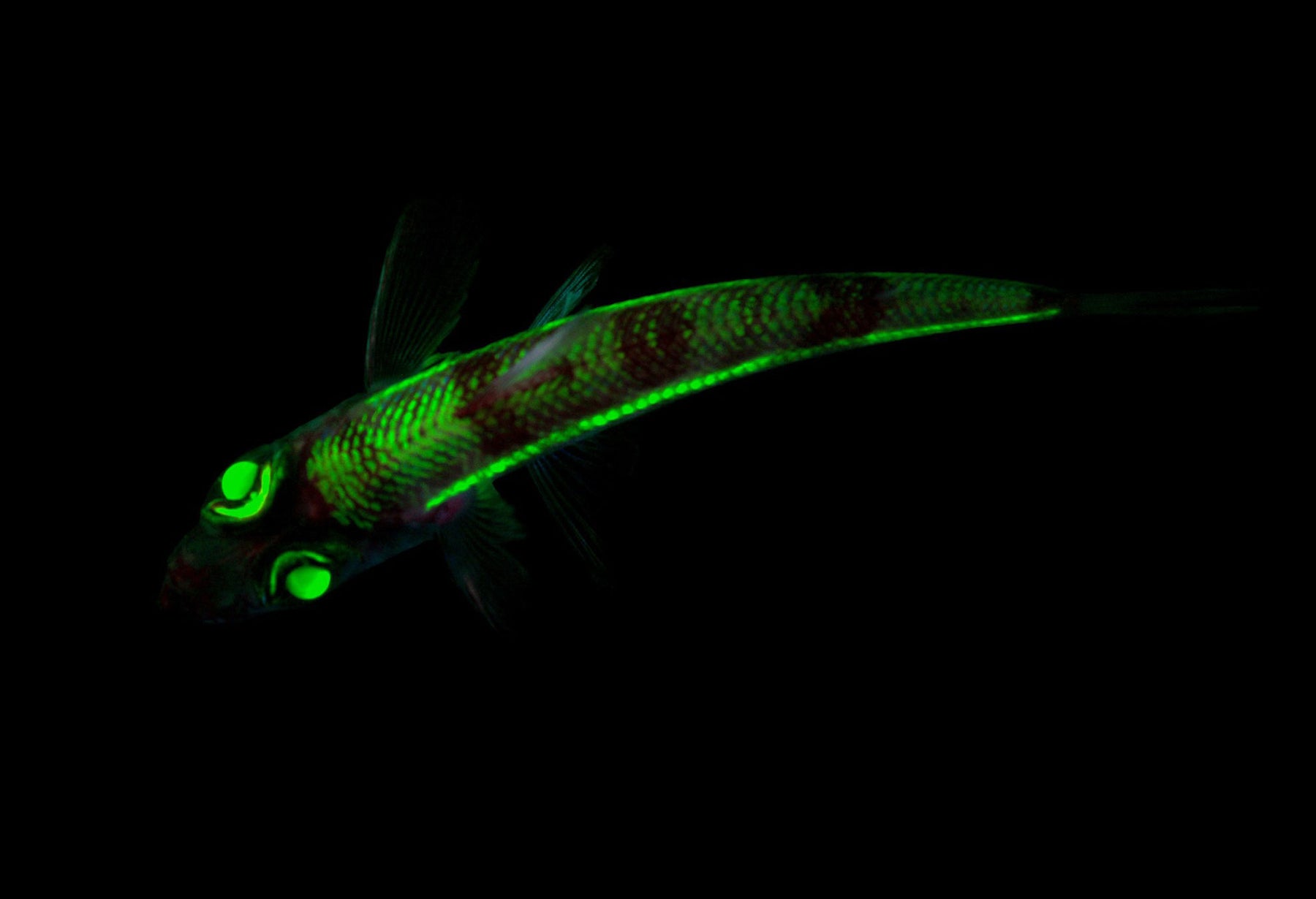
What is a stereo fluorescence microscope?
If you ever encountered glow-in-the-dark stickers as a child, you’ve almost mastered the concept of fluorescence microscopy.
Certain substances glow (or fluoresce) when they’re hit with light of a certain wavelength.
It sounds simple, but this is a very important concept for life science researchers. If you can make cells or molecules fluorescent, then you can use their glow to track, isolate or visualise them with incredible precision.
Traditionally, stereo fluorescence microscopes have been the domain of universities and research labs due to their prohibitive price tag.
More recently, however, a cheaper alternative has been developed – a very affordable stereo fluorescence microscope adapter.
What are stereo fluorescence microscopes used for?
As the name implies, stereo fluorescence microscopes combine fluorescence microscopy with stereo microscopes.
Stereo microscopes
A stereo microscope (also known as a dissecting microscope) is a low magnification microscope used to observe larger 3D specimens.
The big advantage of a stereo microscope is the depth perception it provides.
This is an invaluable quality when you’re trying to manipulate a sample under the microscope, whether it’s a circuit board or a fluorescent zebrafish.
Fluorescence microscopy
Fluorescence microscopes are used to observe fluorescent samples and specimens.
The samples are prepared beforehand by exposing them to special fluorescent dyes, then hit with light of a specific wavelength.
The fluorescent-dyed samples respond by re-emitting the light, but at a longer wavelength. By filtering out any light except for the re-emission wavelength, you’ll see only the target specimens set against a dark backdrop.
Fluorescence is very useful for tracking all kinds of biological samples, from proteins to embryos.
Stereo AND fluorescence
So, who needs the combined power of low magnification, depth perception and fluorescence?
The answer is usually biologists observing larger specimens such as insects, larvae or zebrafish.
It can be extremely difficult or outright impossible to distinguish between biological samples without fluorescent labels, particularly if you’re interested in something like the expression of a particular protein.
After you’ve identified your fluorescent targets, you still have to manually separate them from the rest of the pack, a task made far easier with depth perception.
Then, for all the biologists out there – have a look at this new, accessible stereo fluorescence option.
Introducing the Nightsea adaptor
Rather than shelling out for a ridiculously expensive stereo fluorescence microscope, you can now simply attach a fluorescence adaptor to your ordinary stereo microscope at a fraction of the cost.
The Nightsea adaptor is a very simple and easy to use combination of lights and filters that can fit onto any existing stereo microscope without the need for any modifications.
It’s compatible with a range of 6 different modular wavelength combinations to suit just about any need.
Setup is straightforward and only takes 30 seconds.
- Attach the ring adapter to your stereo microscope.
- Magnetically attach a barrier filter to the ring adapter, and you’re good to go.
